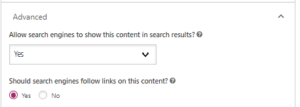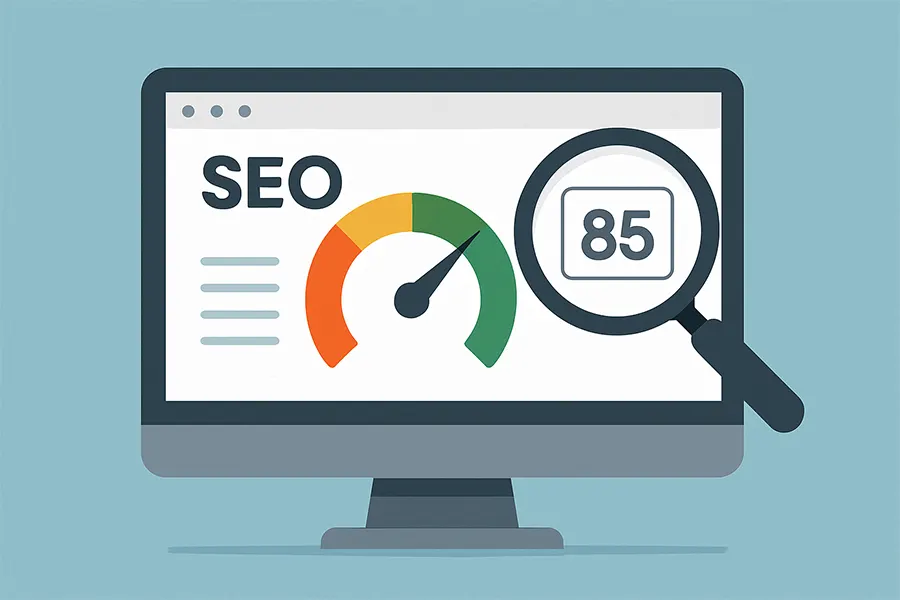Organic Search Strategy is changing. SEO has become a household term. But now, new contenders…
What is Site Indexing and How Does it Work

A well-indexed website can significantly improve your search engine optimisation (SEO) efforts, leading to higher search rankings and more organic traffic. Let’s dive in and understand what site indexing is, how it works, and how it can enhance your SEO.
What is Site Indexing?
In simplest terms, site indexing is the process by which search engines like Google find, analyse, and store information from your website, making it accessible to users in search results. It’s akin to a library catalogue system, where each book (webpage) is categorised and stored correctly(In a library’s case this would be alphabetically though not for websites), allowing the librarian (search engine) to quickly retrieve it when a patron (internet user) needs it. Pretty simple, right?
How Does Site Indexing Work?
The process of site indexing occurs in three stages:
- Crawling: Search engine crawlers, also known as spiders or bots, scour the internet to discover new or updated pages. These bots follow links, both internal (within your website) and external (from other sites), to find and reach your site’s content.
- Processing: Once a page has been crawled, the search engine then analyses its content, structure, and metadata. It understands and categorises the information based on factors like keywords, images, and video content.
- Indexing: The final step is adding the processed pages to the search engine’s vast “index” or database. Once a page is in the index, it’s eligible to be displayed in relevant search results.
The Role of Site Indexing in SEO
Understanding and leveraging site indexing can significantly impact your SEO. Here’s how:
- Visibility: A non-indexed site is virtually invisible to search engines. Only indexed pages can appear in search engine results pages (SERPs), which means more visibility and potential traffic. Non-indexing is a handy feature when you want to ensure that a page is not found, such as a check out, or other conversion action page. If you have a system like Yoast SEO on your site, you can easily select “no” when it asks whether you want to show this content in search results.
- Ranking: Proper indexing helps search engines understand your content better, improving your chances of ranking higher for relevant search queries.
- Site Health and User Experience: Regular checks of your site’s indexed pages can reveal potential issues like crawl errors, duplicate content, or broken links, allowing you to fix them and enhance the overall user experience.
It essentially is the final step in ensuring all your SEO efforts are put to good use. By having good SEO structure and content on the page you can encourage the bots to rank your page highly in search. Improving your SEO performance.
Tips for SEO
- Sitemap Submission: Submit a sitemap via Google Search Console. This XML document acts as a roadmap of your website, aiding search engines in understanding your site structure and discovering new content.
- Robots.txt Optimisation: This file tells search engine bots which pages or sections of your site to crawl and which to avoid. Ensure it’s correctly configured to avoid blocking crucial pages.
- Internal Linking: A well-structured internal linking strategy helps crawlers discover and index your site’s pages more efficiently.
- Fix Crawl Errors: Use Google Search Console to identify and fix any crawl errors that could prevent pages from being indexed.
- Mobile Optimisation: With mobile-first indexing, Google now primarily uses the mobile version of content for indexing and ranking. Ensure your site is mobile-friendly.
Site indexing is essentially what keeps your website in search. Keeping on top of it, by updating your content, optimising your pages for SEO and completing sitemap submissions are the best way to boost your SEO. Get in touch with DigiBubble today to see if we can help improve your SEO strategy and help your site be indexed properly on search engines.



